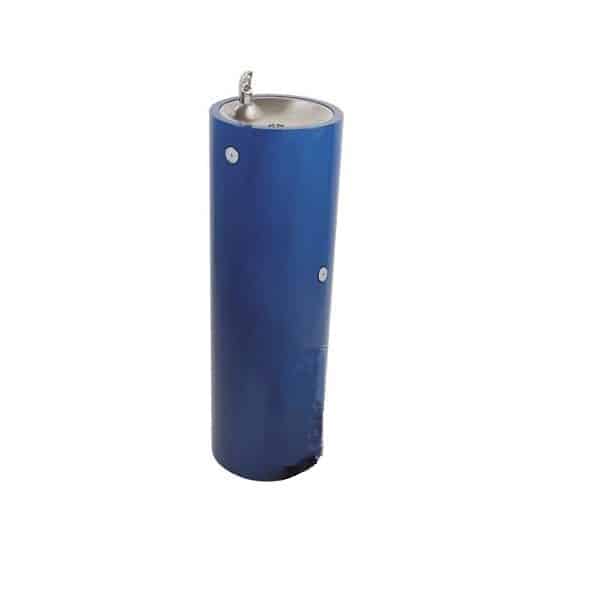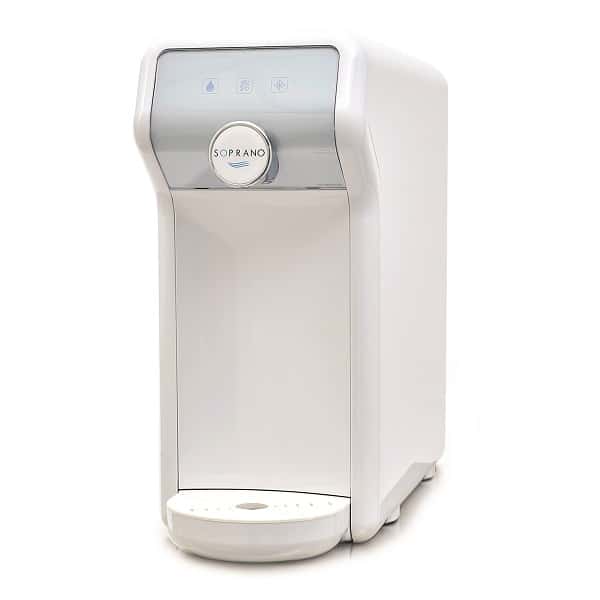Academy
Spa brands
In this section you will find a range of practical information related to our solutions. In the articles, we share our experience, discuss implementation steps and highlight good practices. It is a reliable source of information and advice on the provision of drinking water in public spaces, the legal regulations in this area, the benefits of installing drinking water dispensers and the technological aspects in this field.
We look forward to reading!
How do you keep children and the elderly properly hydrated in hot weather?
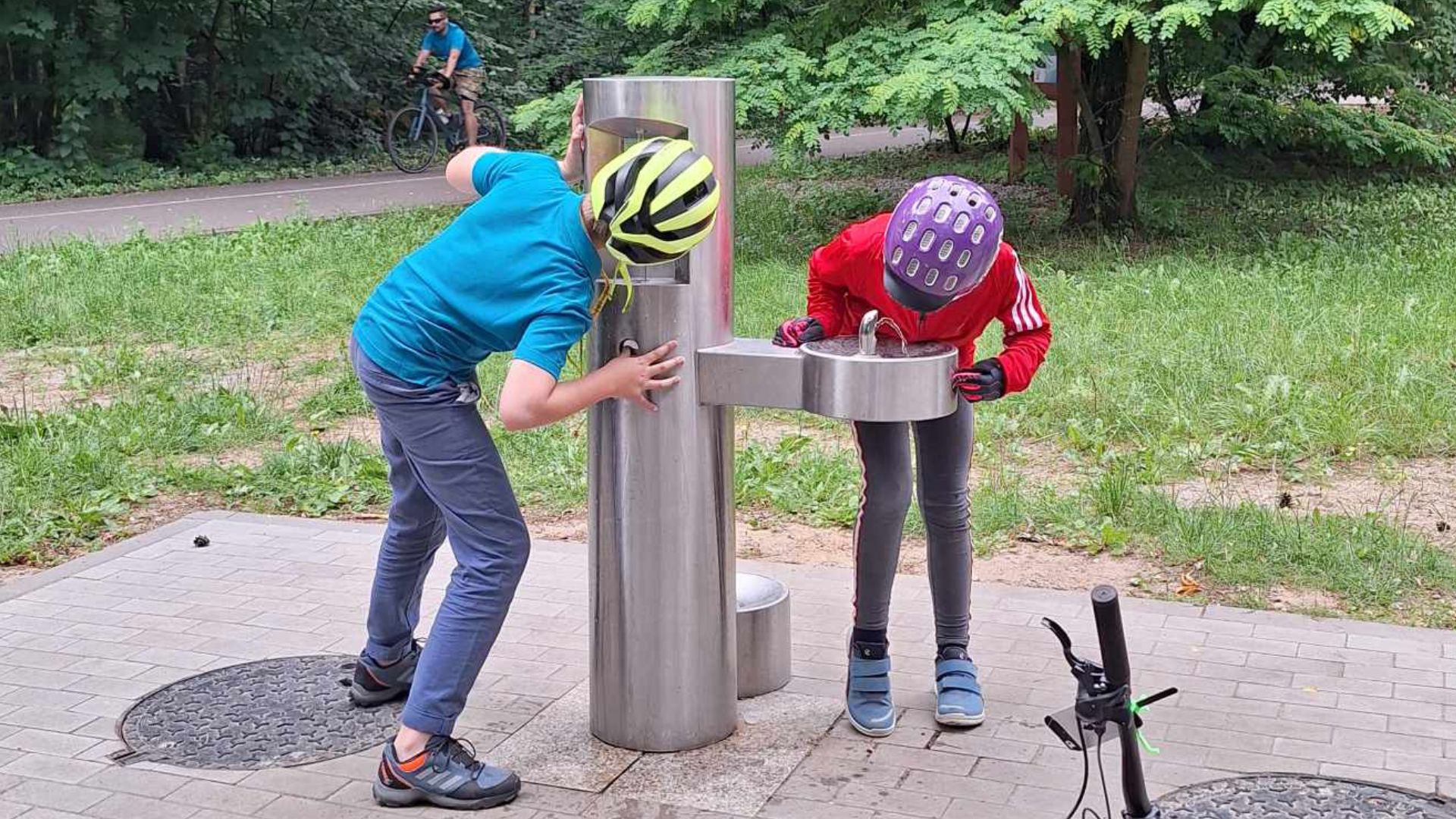
Proper hydration is crucial for the health and wellbeing of everyone, regardless of age. However, in hot weather, the need for adequate water intake becomes particularly important, especially for the most vulnerable groups such as the elderly and young children. Lack of adequate fluids in the body can lead to dehydration, which in turn can have serious health consequences. Public drinking water outlets and springs play a key role in providing access to water, helping to maintain the health and wellbeing of all those who are thirsty.
Why is hydration so important?
- Body temperature regulation: Water helps regulate body temperature through sweating. In hot weather, the body loses more fluids, which can lead to overheating if not replenished.
- Transport of nutrients: Water is essential for transporting nutrients into cells and removing unnecessary metabolic products.
- Physiological functions: Proper hydration affects the functioning of organs, including the kidneys, which are responsible for blood filtration.
Elderly people and young children: high-risk groups
The elderly and young children are more susceptible to dehydration for several reasons:
- Reduced sense of thirst: Older people often have a reduced sense of thirst, which means that they do not feel the need to drink water, even when their body needs it.
- Higher water losses: Children have a higher metabolic rate and a larger skin surface area in relation to their body weight, leading to faster water loss.
- Difficulties with independent drinking: Young children may find it difficult to provide themselves with water, and older people may have limited mobility, making it difficult for them to consume fluids regularly.
Public drinking water wells and springs: the key to hydration
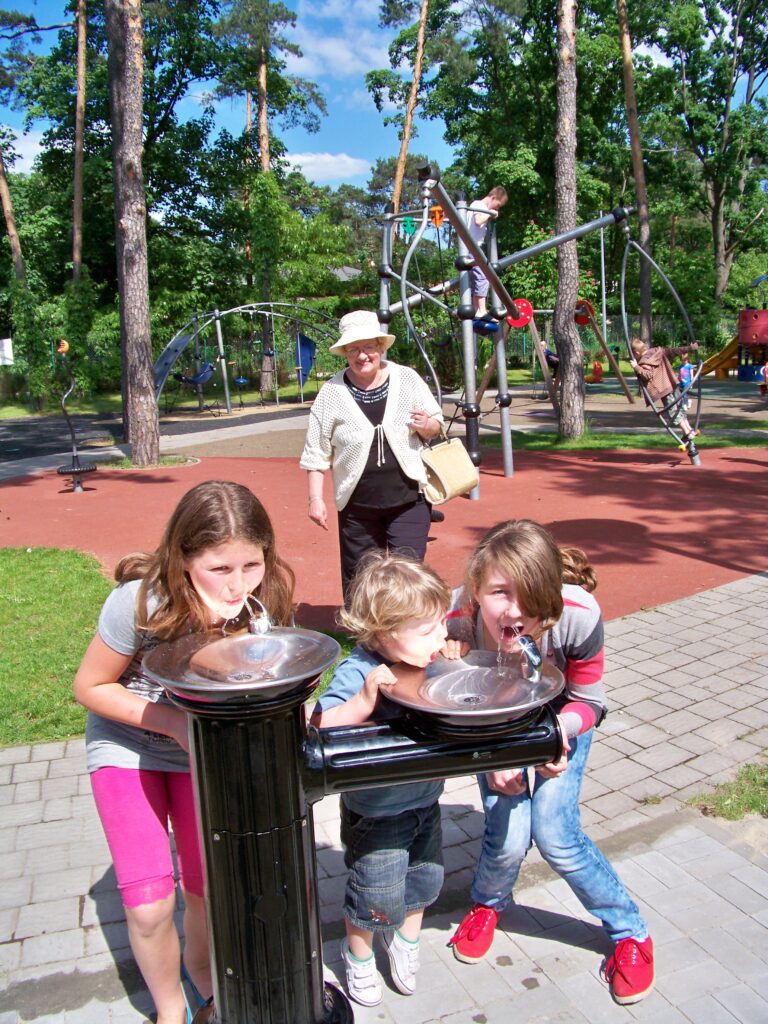
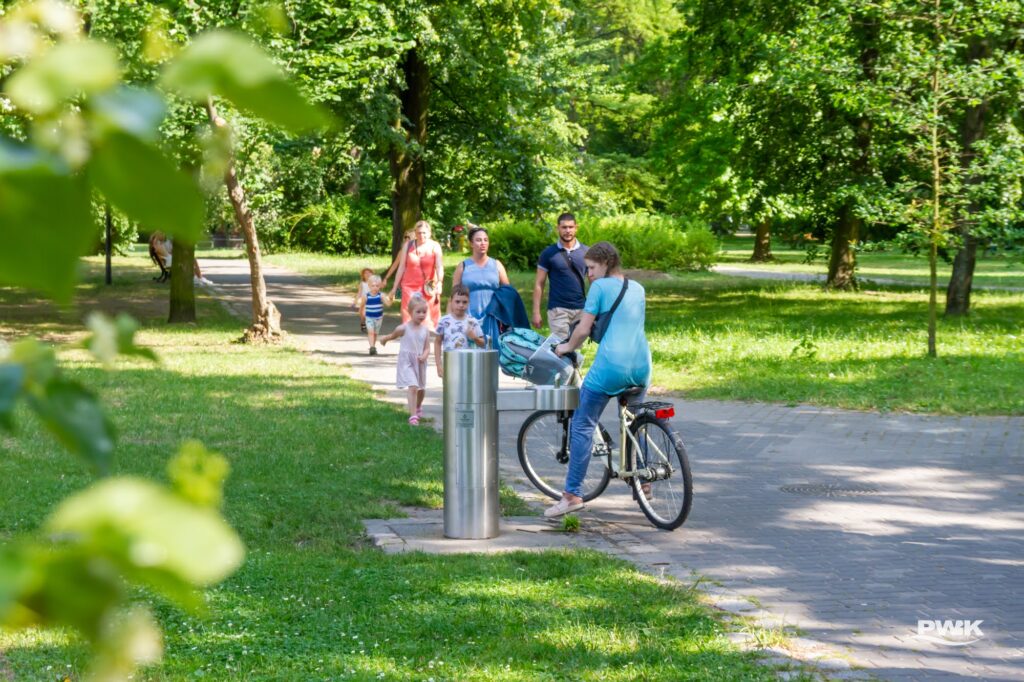
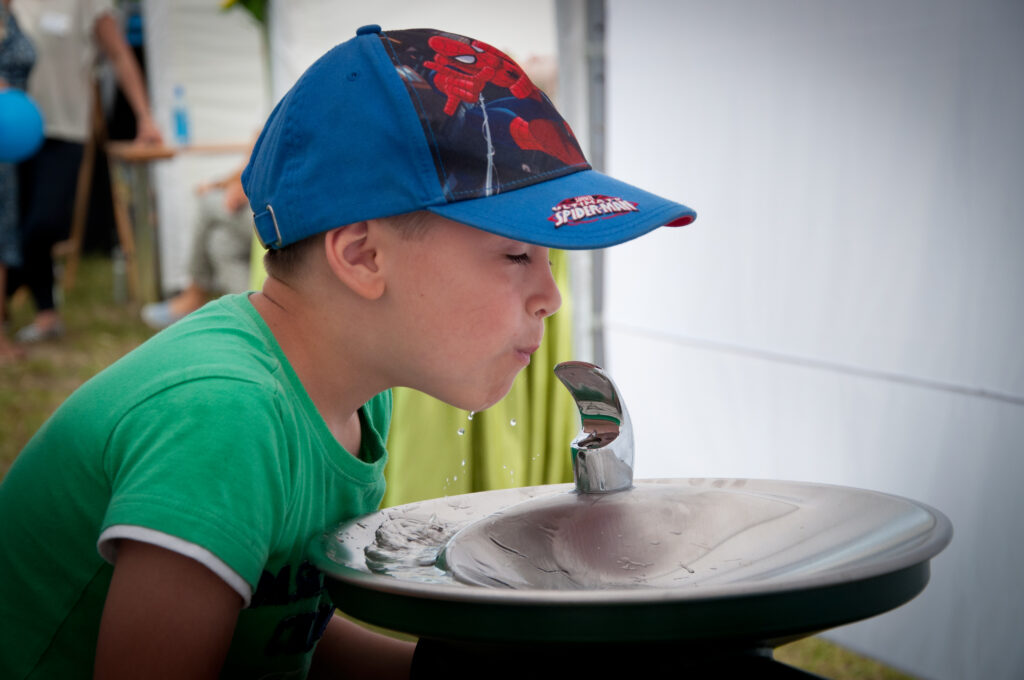
Public water springs Drinking water and springs are an important part of urban infrastructure that supports community hydration, especially in hot weather. Here are some of the ways in which these facilities contribute to public health:
- Easy access to water: Public water spigots provide easy access to clean, potable water in public places such as parks, playgrounds, streets or shopping centres. This makes it possible for everyone, regardless of their financial situation, to hydrate when needed.
- Promoting healthy habits: The availability of drinking water springs encourages regular consumption of water, which is particularly important in the context of the fight against fizzy and sweetened drinks that can contribute to health problems.
- Support for tourists and the local community: In tourist destinations, water springs are invaluable for tourists who may not have access to other water sources. For the local community, they provide a fixed point where they can always go for fresh water.
Adequate hydration is an indispensable part of maintaining health and wellbeing, especially in hot weather. The elderly and young children are groups particularly vulnerable to dehydration, so it is important to ensure their regular fluid intake. Public drinking water wells and springs play a key role in ensuring easy access to water for all, contributing to public health and promoting healthy habits throughout the community.




